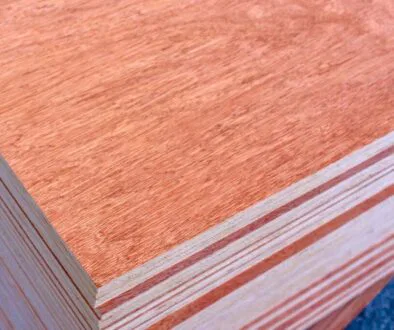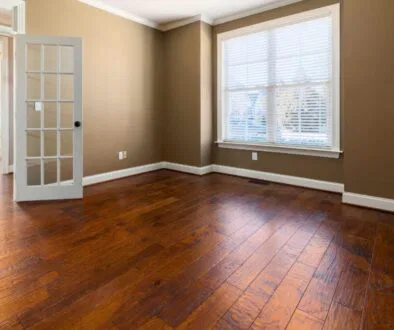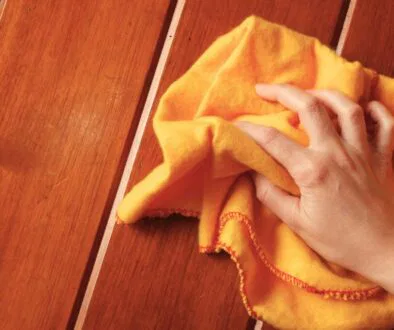Timber Frame Homes – Pros, Cons, and Costs
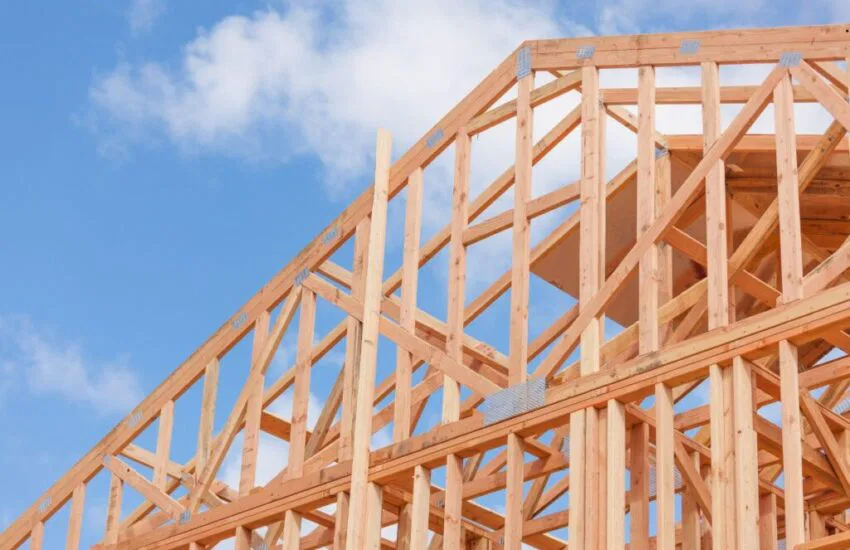
Published July 3, 2024
Timber has been used in home building since humans had enough of the cave. Even with more sophisticated building materials, timber-frame homes remain popular.
In fact, the demand for high-quality timbers is skyrocketing around the world.
If you’re unsure whether a timber-frame home is right for you, here’s a quick guide to help you decide.
What is Timber Framing?
Timber framing is a building method that uses heavy timber to create framed structures. Unlike other framing methods, it doesn’t use nails or adhesives. Instead, the wood components are connected using wooden pegs or mortise-and-tenon joints.
As you probably know, this framing method goes centuries back. If you would go to ancient temples and castles, many of them were built using timber frames.
In fact, the Horyuji Temple in Japan, considered the world’s oldest wooden building, was built using timber framing. The original timbers are still there even after 1,300 years!
Timber frames have gone out of popularity in the past few decades. But just like a classic movie, it never goes out of style. And in the past several years, more and more people are choosing timber frame homes over modern ones.
Advantages of a Timber Frame Home
There are a lot of reasons why timber frame homes have remained popular over the centuries. Here are some of them:
Durability
As mentioned, many ancient structures built using timber frames still exist today, and many have retained their original timber framings.
This durability is likely because timber frames use large pieces of timber spaced far apart. The larger the timber, the denser, making it more resistant to decay and insect attacks.
Excellent Insulation
Thanks to the air pockets in their cellular structure, timbers have excellent insulation properties. This means your home won’t easily get too cold or hot. So you won’t have to turn the AC to its full capacity during the summer or the heater during the winter. That’s good news for both Mother Earth and your pocket.
Design Flexibility
Timber is extremely adaptable, and it comes in many varieties and species. Its natural aesthetics can be classic and chic, making it perfect for almost every project.
Unlike concrete, timber frames also don’t have load bearings. As such, you can alter the floor plan without changing the entire structure.
Easy to Build
While most framing methods are built on-site, timber frame construction uses prefabricated components. This means that they’re made in a factory under strict quality controls. The only thing that needs to be done on-site is to assemble them, which, depending on the structure, usually takes no more than a day.
Eco-friendly
Unlike concrete and metal, timbers are renewable materials. As such, they are more sustainable. Not to mention that it doesn’t unleash toxic materials into the air and ruin people’s health. Also, timbers can be reclaimed and recycled even after hundreds of years. This makes them one of the most eco-friendly building materials around.
Disadvantages of a Timber Frame Home
Despite its benefits, opting for a timber frame home has disadvantages too. This includes:
Risk of Rot
With timbers, there is always the risk of rot. However, there are a lot of factors that can affect a timber’s rotting process.
For one, some timber species are more prone to rot than others. Timbers that are exposed to the elements also tend to rot faster than those that aren’t.
However, there are also many ways to prevent wood from rotting. You can use wood sealers or paint the wood all over. Most timber frames sold nowadays are pressure-treated to prevent rot, so you don’t have to worry much about this.
Poor Sound Blocking
Because timbers have air pockets within them, they can be excellent sound transmitters. That’s why, if you’ll notice, your voice tends to be louder inside a wooden structure than in a concrete one.
If you prefer silence, there are ways to make your timber home soundproof. You can start by installing insulators and other sound-absorbing materials like carpets and upholstered furniture. Construction techniques can also reduce sound transmission in a timber frame home.
They May Not Look “Solid”
With the modern world’s fascination with concrete and steel, there’s a common misconception that wooden buildings aren’t “solid.” That couldn’t be more wrong. Concrete and steel are strong and durable in their own right, but so is timber. As mentioned, some of the world’s oldest surviving structures are made of timber
Unfortunately, this misconception can affect your home’s resale value. Some insurance providers may also consider it as “non-standard.”
It’s Flammable
This one is pretty obvious. Unlike steel and concrete, timber is flammable. This is its major disadvantage and one of the reasons why many people consider timber-frame homes “weak.”
Many people don’t know that timber burns more slowly than steel. When wood burns, a black carbonized layer forms at the top, insulating the wood and slowing the burning process.
Besides, even when burnt, timbers can maintain their structural carrying capacity far longer than steel. This means a steel frame may collapse faster than a timber frame during a fire.
How Much Does a Timber Frame Home Cost?
The cost of building a timber frame home varies widely depending on several factors, such as:
- the size of your home
- the kind of timber used
- where you’re building
However, building timber-frame homes generally costs more than “stick-built” ones. You can expect to pay around $150 to $250 per square foot in some areas. This high price tag is due to the nature of timber-frame structures.
For one, a timber frame home is almost always customized. Though the components are made in a factory, they are usually made to fit the framing needs of your home.
Another reason building timber-frame homes costs more is that they typically use high-quality timbers. You can’t just use any type of wood. Each frame must be carefully selected and processed to ensure stability and durability.
However, many companies are now selling timber frame kits. These are pre-designed and pre-fabricated timber frames that you can assemble independently. They’re typically much cheaper, with each kit ranging from $10,000 to $25,000, depending on the size and design. So, even with a limited budget, you can still build your own timber frame home.
Timber Frame Home Design Inspirations
If you’re thinking about building a timber frame house, here are some design ideas you can check out:
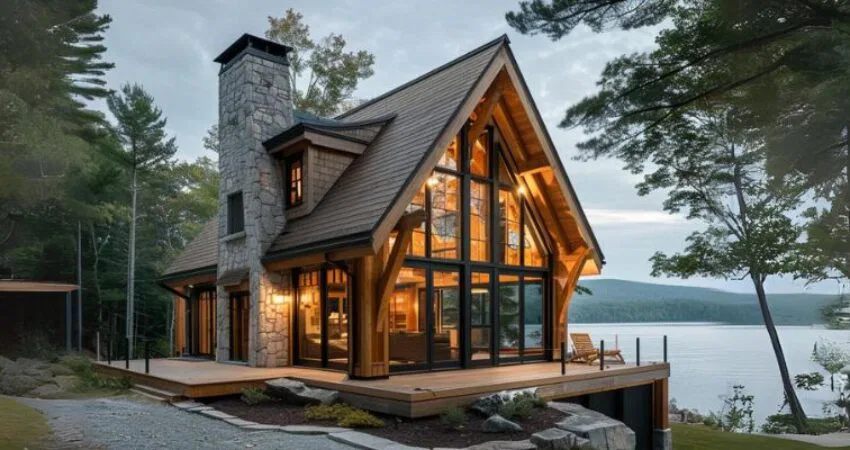
Lakeside Cabin
Think about the last time you visited the lake in the early morning. Picture the serene waters that glint like diamonds as the first rays of the sun kiss its surface. Ethereal, right? Now, imagine waking up to that every morning. That’s usually how mornings go for lakeside cabin dwellers.
If you want a country house where you can relax and connect with nature, you can never go wrong with a lakeside cabin. Usually made of timbers from floor to ceiling, it offers a respite from the imposing concrete structures of large cities.
Modern Mansion
The words “modern mansion” conjure an image of a concrete palatial home with many glass walls. But a mansion made of timber can be modern, too. Plus, the contrast of smart home features and tinted glass walls against high-quality vintage timber frames gives your home a luxurious appeal.
Cozy English Manor
If you’re a fan of Jane Austen, then a cozy English manor-themed country house might suit you.
Traditional manors are prominent features of the English countryside. They are also enduring symbols of the idyllic English country life. Common features of these manors include a Victorian fireplace, timber-framed ceilings, hardwood floors, and a large garden.
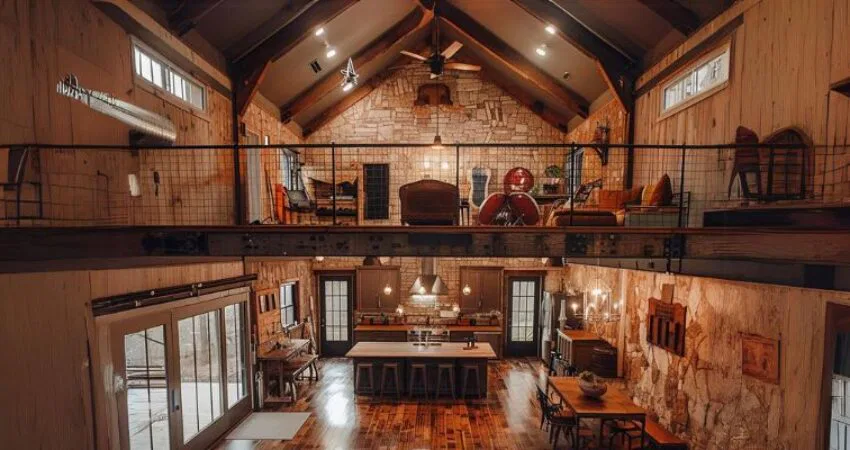
Barndominium
Barndominiums are exactly what their name suggests: a barn and a condominium in one. The term generally refers to old barns converted into living spaces with a modern touch.
Though they are often associated with steel-framed buildings with metal sheet sidings, many barndominiums now use timber frames and wood plank sidings. Luxurious ones even feature multiple clustered buildings with floor-to-ceiling glass walls.
Classic Country Ranch
Fancy living the cowboy lifestyle? Classic country ranches will let you do just that. Set atop vast acres of land with the next-door neighbor almost an hour’s drive away, they offer privacy like no other. This is why these types of retreats are very popular with celebrities and city dwellers looking for a quiet escape.
Coastal Paradise
Create your own coastal paradise with a timber frame home that captures the essence of beachfront living. Think open spaces, light-filled rooms, and expansive windows offering breathtaking ocean views. Embrace the coastal lifestyle with a touch of elegance and comfort.
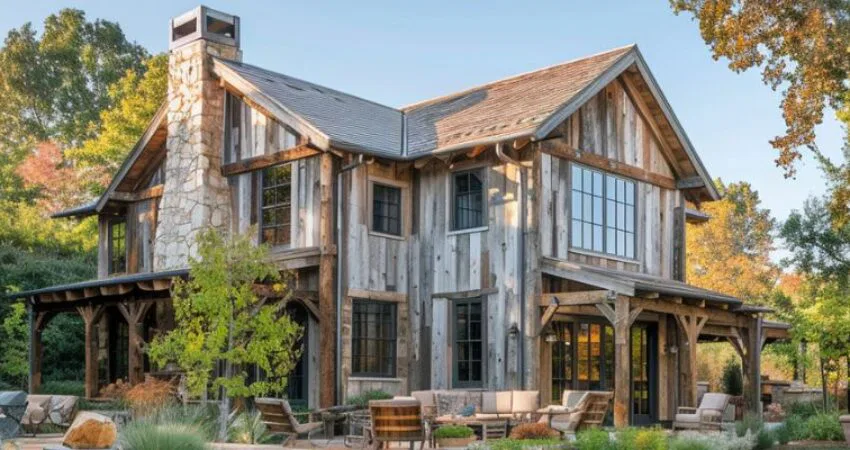
Rustic Farmhouse
Experience the warmth and simplicity of a rustic farmhouse with timber frame construction. This timeless style is characterized by exposed beams, reclaimed wood accents, and a welcoming front porch. It is perfect for those seeking a blend of nostalgia and modern convenience.
Final Thoughts
Timber frame homes present a compelling option for those seeking a blend of natural beauty, structural integrity, and timeless appeal in their living spaces. While the initial costs may be higher than traditional stick-built homes, they are worth investing in.
By carefully considering the unique characteristics and costs associated with timber frame homes, individuals can make informed decisions to create their dream living environment that embodies warmth, character, and enduring quality.
Hire The Timber Experts For Your Next Project
Vintage & Specialty Wood should be your source of the highest quality timbers from around the world. When it comes to fabricating and installing reclaimed wood or specialty wood products in your home, we don’t cut corners. We offer many reclaimed wood and specialty wood products such as Douglas Fir, white oak, and much more. We also offer timber framing and wood flooring services as well. Contact our team today to speak to a timber expert about what Vintage & Specialty Wood can do for you.

This Blog Is Fact Checked
This content has undergone meticulous fact-checking by our team of internal experts. Gain a deeper understanding of the high editorial standards we uphold on our website here.

About The Author
Experience, exploration, and knowledge are the hallmarks of writer Rei Bayucca. Her dedication to crafting articles that both inspire and educate will leave you thinking long after you’ve finished reading.

